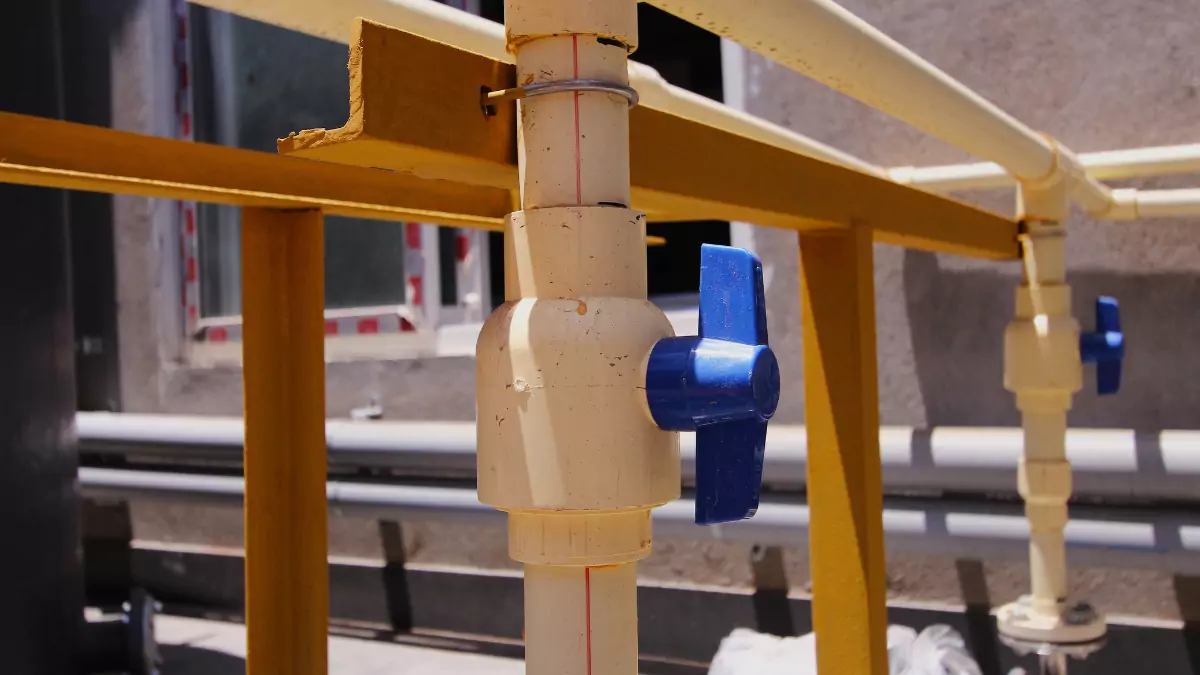The plumbing and construction industries rely heavily on adjustable pipe supports. By keeping the system as a whole stable and securely fastened, they play a crucial role in pipe safety and dependability. This comprehensive guide will teach you all about flexible pipe bracing, from the many types to their uses, installation, and the numerous benefits they provide in various industries.
Understanding Adjustable Pipe Supports
What are adjustable pipe supports?
Pipe hangers, also known as pipe saddles, are critical devices for holding and supporting pipelines. These supports are adaptable, so you may use them with pipes of varying sizes, weights, and materials. Pipes can’t sag, shake, or undergo stress that might lead to leaks or damage because of their construction.
Also Read:Guide to Cryptonewzhub: Your Source for Crypto News
Types of Adjustable Pipe Supports
Flexible pipe bracing come in a variety of forms, each optimised to fulfil a unique set of needs. Among these are:
1. Clevis Hangers (Type I)
The most popular style of pipe hanger that allows for height adjustment is the clevis. They are made up of a U-shaped clevis and an extendable threaded rod. The horizontal and vertical pipe runs would greatly benefit from these supports.
2. Roller Hangers (Type II)
Roller hangers provide for easier pipe relocation because of their roller or wheel design. When pipes in a system expand and contract owing to changes in temperature, they are often installed.
3. Riser Clamps (Type III)
Riser clamps are shock- and vibration-absorbing pipe supports used for vertical pipe runs.
4. Pipe Saddles (Type IV)
The saddle’s design allows for fine tuning and securely holds the pipe in place from below. There are several commercial and industrial uses for them.
Applications of Adjustable Pipe Supports
Adjustable pipe supports have uses across a wide number of sectors, including:
1. Construction
Adjustable pipe supports are used to anchor plumbing and HVAC systems in new construction. They keep pipes from shifting around in structures that experience seismic activity.
2. Oil and Gas
In the oil and gas industry, where pipelines span vast distances and endure extreme conditions, flexible pipe bracing are vital. They help maintain the structural integrity of the pipelines, preventing damage and leaks.
3. Industrial Manufacturing
Adjustable pipe supports are indispensable in industrial settings due to the complexity of piping networks. Effective maintenance is made possible with these pillars, and the potential for expensive downtime is lessened.
Installation and Maintenance
Proper installation and maintenance of flexible pipe bracing are essential for their longevity and functionality. Here are some key considerations:
Identify support points:
The size and weight of the pipes will dictate the placement and distance between the supports.
Select the appropriate type:
Determine the application and load requirements before settling on the type of adjustable pipe support to use.
Position the supports:
Make sure the supports are level and stable before installing them.
Adjust for elevation:
To adjust the pipes to the proper height, use the threaded rod or any available mechanism.
Maintenance Tips
- Look for damage or wear on flexible pipe bracing on a regular basis.
Avoiding friction by lubricating moving parts can increase their durability.
- Tighten any bolts or connectors that appear to be loosened.
Benefits of Using flexible pipe bracing
- Using flexible pipe bracing in your plumbing systems has many benefits, such as:
- Enhanced Pipe Longevity: Maintains pipe integrity and reduces stress that might shorten their service life.
- Reduced Maintenance Costs: This reduces the frequency of maintenance and replacement purchases.
- Improved System Performance: Keeps everything lined up so they work together smoothly and efficiently.
Conclusion
Overall, it’s safe to say that plumbers and builders couldn’t get by without adjustable pipe supports. They are useful in many fields because of their adaptability, flexibility, and capacity to provide essential support. To make sure your plumbing systems last and function well, you need to be familiar with their many forms, uses, installation methods, and advantages.
FAQs
What materials are adjustable pipe supports typically made from?
A few examples of the most popular materials utilised to construct adjustable pipe supports include plastic, steel, and stainless steel.
Can adjustable pipe supports accommodate pipes of different sizes?
You can use adjustable pipe supports with a wide range of pipe materials and sizes because of how versatile they are.
Are flexible pipe bracing suitable for outdoor installations?
You may use several of these flexible pipe bracing in any number of outside environments since they are weatherproof.
Do flexible pipe bracing require professional installation?
Anyone with some plumbing knowledge and the right equipment may install it, though a professional is always preferable.
Can flexible pipe bracing be used in residential plumbing systems?
In response to your inquiry, yes, it is possible to use flexible pipe bracing in residential plumbing systems to secure pipes and avoid leaks.The CryptoNewsPage










